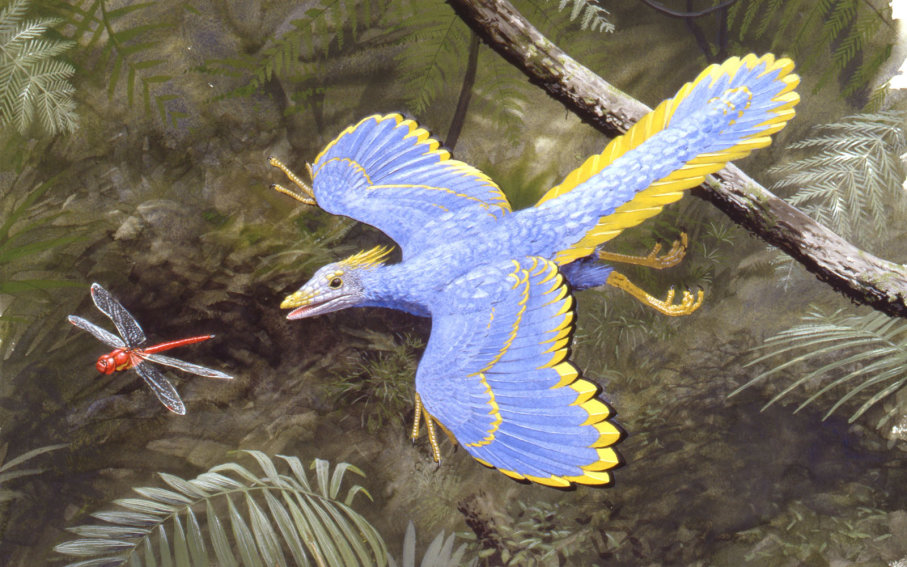Scientists Unearth Another Archaeopteryx, an ‘Icon of Evolution’

Once up a time – 150 million years ago to be exact – Bavaria was less a hub of beer and lederhosen and more of a subtropical paradise of lagoons, reef islands and the oldest bird species known to science. Yes, willkommen to the Jurassic Solnhofen Archipelago, home of the Archaeopteryx.
Roughly the size of a modern-day raven, the feathered Archaeopteryx stands as one of paleontology’s most important fossil finds. Not only does it provide us with the oldest bird yet discovered, it also proves the connection between modern birds and nonavian dinosaurs and clues us in as to how this transition occurred.
Research published in the journal PeerJ on Jan. 26, 2018, provide the 12th fossil attributed to the Archaeopteryx genus. That said, the first attributed Archaeopteryx fossil, 1861’s Haarlem find, was reclassified in December 2017 as an anchiornithid, or a flightless predecessor. So that technically makes this latest find No. 11, with the Haarlem one illuminating the species connection to carnivorous dinosaur wanderers from what’s now China.
Archaeopteryx fossil
The oldest but most recent discovered example of Archaeopteryx. It appears to be lying on its left side.
O. RAUHUT, LMU
In other words, over a century’s worth of Archaeopteryx and Archaeopteryx-like fossil finds in the modern epicenter of Oktoberfest reveal the arrival of a feathered-yet-flightless dinosaur, its ascension to the air and at least a million-year’s reign in the skies over the Jurassic Solnhofen Archipelago.
The latest fossil in particular, found in 2010 and subsequently analyzed by researchers from Ludwig-Maximilians-Universitaet (LMU) in Munich, demonstrates broad anatomical variation among the 11 known Archaeopteryx individuals. The teeth, for instance, differ in pattern on every single find. LMU paleontologist and lead author Oliver Rauhut compares the variation to the Galapagos finches, whose beak variation helped Charles Darwin arrive at his theory of natural selection.
Like the Galapagos finches, the feathery newcomer may have splintered into a range of specialized forms to better survive in the balmy archipelago that would become the land of cuckoo clocks.



 Creators of mankind
Creators of mankind Description of “Tall white aliens”
Description of “Tall white aliens” Where they came from?
Where they came from? About hostile civilizations
About hostile civilizations The war for the Earth
The war for the Earth “Tall white aliens” about eternal life
“Tall white aliens” about eternal life Video: “Nordic aliens”
Video: “Nordic aliens” Aliens
Aliens Alien encounters
Alien encounters The aliens base
The aliens base UFO
UFO Technology UFO
Technology UFO Underground civilization
Underground civilization Ancient alien artifacts
Ancient alien artifacts Military and UFO
Military and UFO Mysteries and hypotheses
Mysteries and hypotheses Scientific facts
Scientific facts


















